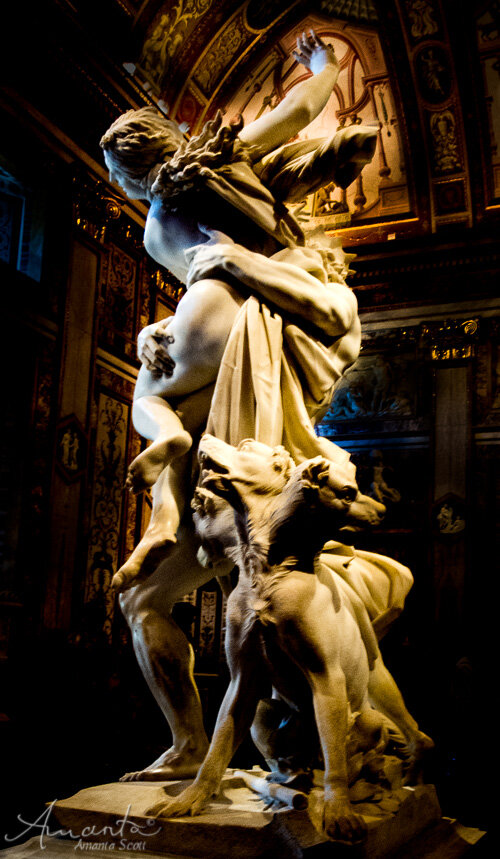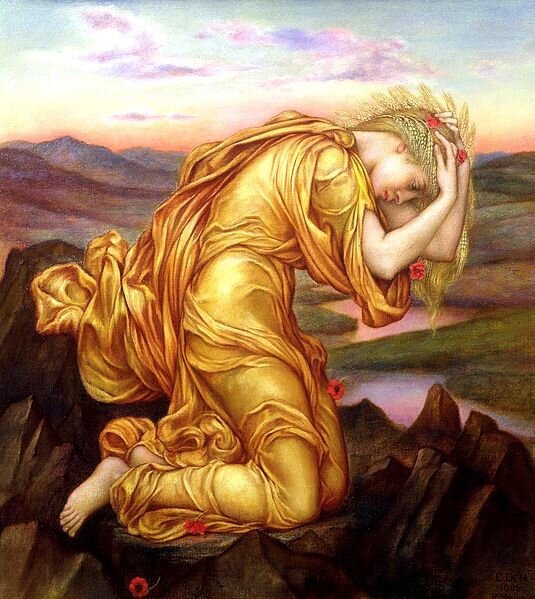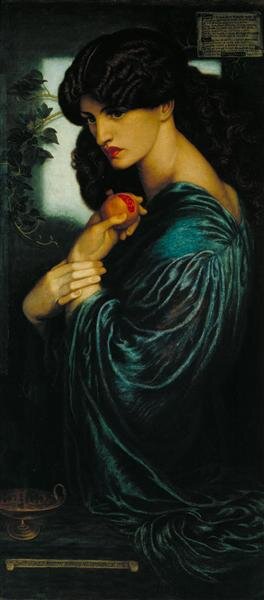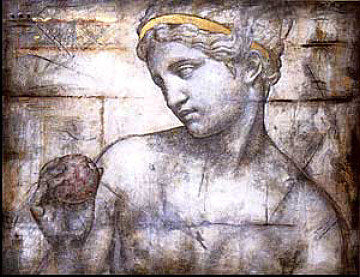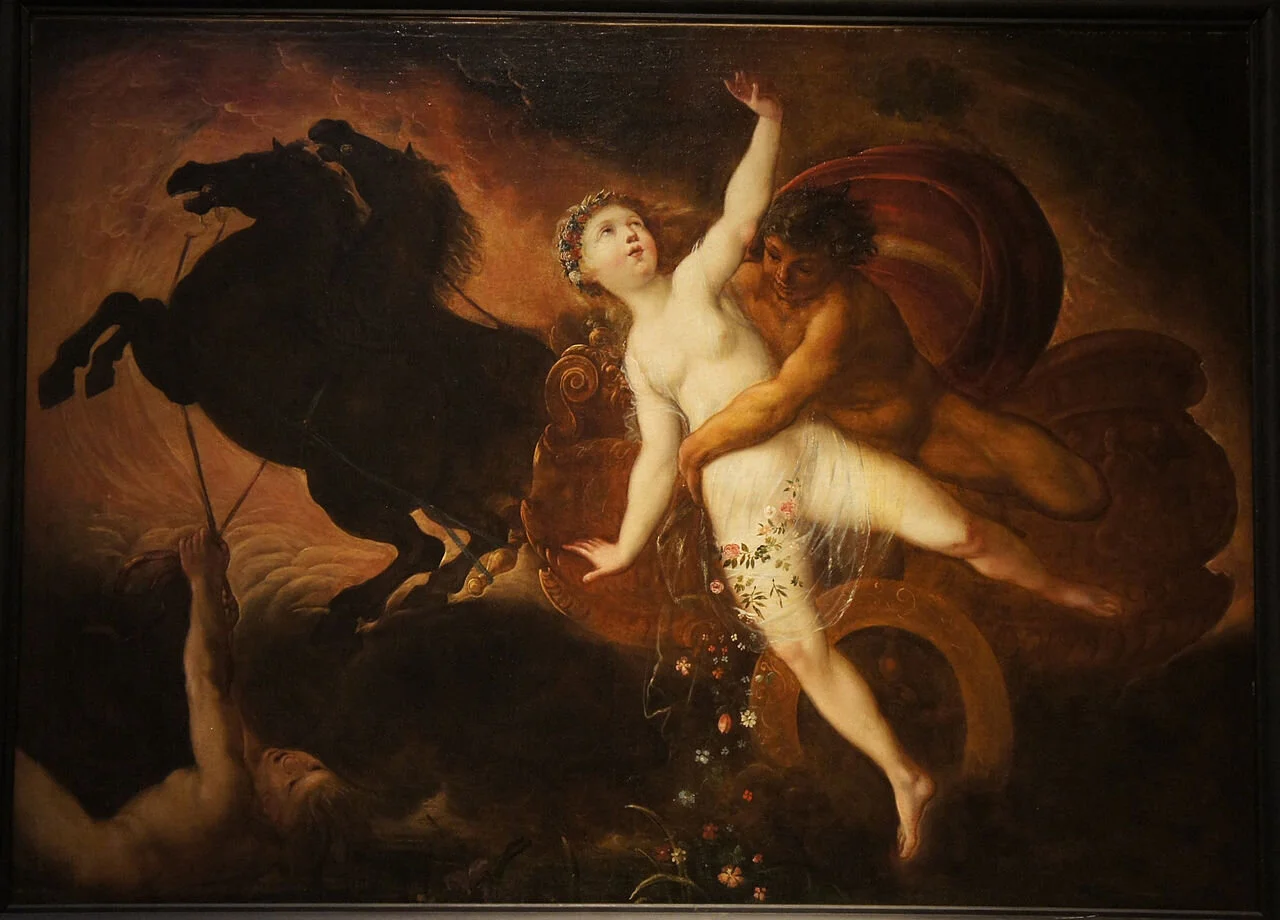Persephone
Impression of Kim Bok-Dong
“When I started, the Japanese military would often beat me because I wasn’t submissive, there are no words to describe my suffering.
Even now.
I can’t live without medicine.
I’m always in pain.”
Kim Bok-dong, image: Wikipedia
Human rights activist, Kim Bok-dong, forced to work as a “Comfort Woman” for eight years during WWII, campaigned against sexual slavery and rape as a weapon of war; and set up the Butterfly Fund to support fellow victims of sexual slavery, bringing together survivors from around the world.
I saw her as Persephone, evolving from an innocent maiden and unwilling wife into Queen of the Underworld, guide to the souls of the dead. Persephone references the evolution of women: how we learn and find our wild/wise selves and reclaim our power. No longer victims, we become a voice for change.
In 2024 I was invited to Korea to speak about this work.
About Persephone
In Greek mythology, Persephone was a young maiden who was abducted by Hades and forced to become his wife in the Underworld. Also known as Kore, or Proserpina— Persephone was the daughter of Demeter, one of the oldest Goddesses in the Ancient Greek pantheon, likely originally a mother Earth goddess.
El rapto de Proserpina, Martiínez del Mazo, Juan Bautista, Museo Del Prado
Persephone was eventually able to leave the Underworld for six months of the year but obliged to return for the remaining six months of the year. In time she became the wise Queen of the Underworld, guide to the souls of the dead.
Kim Bok-dong
about Kim Bok-dong (19 April 1926 – 28 January 2019)
Kim Bok-dong was a young Korean girl taken to work as a sex slave, commonly known as a “comfort woman”, by the Japanese Military and held for eight years before, during and after WWII.
Kim Bok-dong was one of approximately 200,000 women and girls forced into sexual slavery by the Japanese.
Kim Bok-dong fought until her dying day for a formal apology from the Japanese, an apology she never received.
In 2014, she set up The Butterfly Fund to support fellow victims of sexual slavery, bringing together survivors from around the world - including women in Vietnam who had been attacked by South Korean soldiers during the US war.
“The survivors of sexual violence in conflict from the Democratic Republic of the Congo and Uganda, address Kim Bok-dong... as ‘our hero’, ‘our mama’, and ‘our hope’.”
Artist Amanta Scott with Artist Kim Seo-Kyung, creator of the Girl of Peace sculpture
Girl of Peace sculpture by Korean Artist, Kim Seo-Kyung, in honour of Kim Bok-dong.








